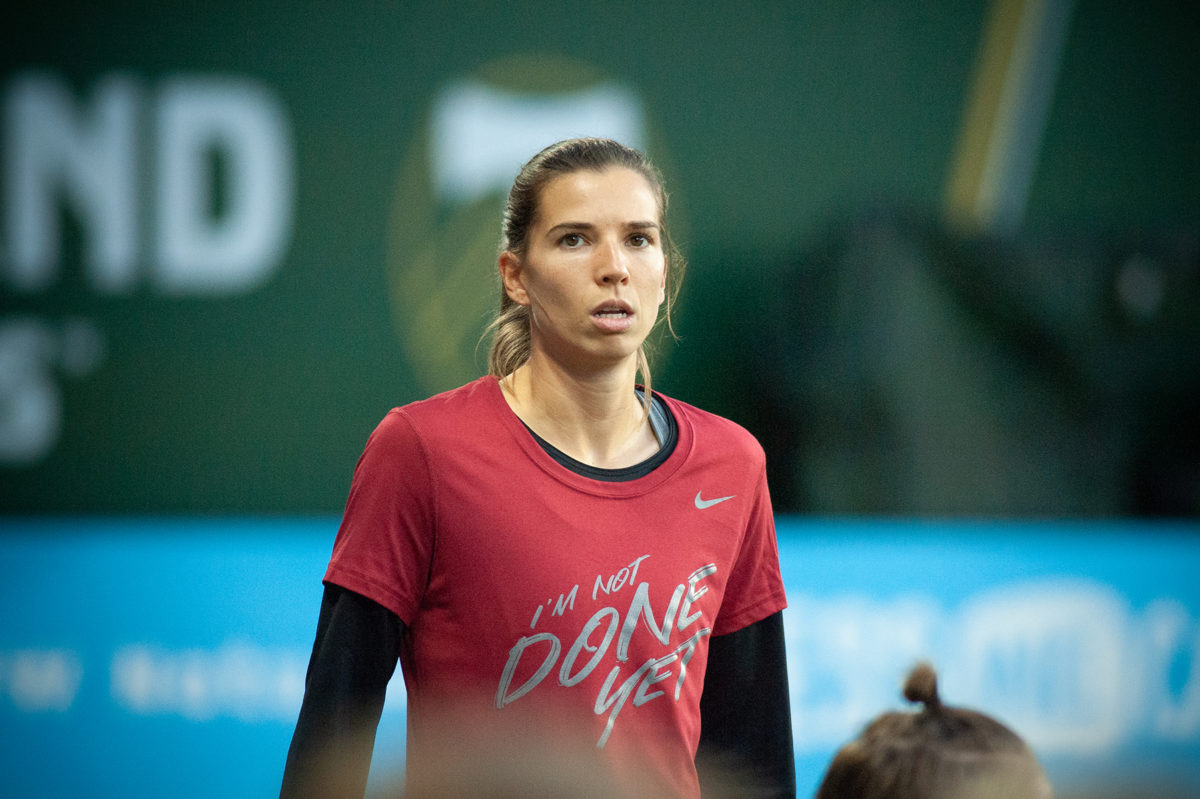The song may be slow, it may not encourage anybody to run through a wall, but what it lacks in tempo, it makes up for with a powerful message.
Down when you’re lonely, I’ll pull you up
When life leaves you heavy when the going gets tough
I’ll be your shoulder, together we’ll run
Up from the bottom, yeah we’ll rise above.
“Never Give up on You,” the Nashville SC anthem written by Judah & the Lion, symbolizes unity; an anthem that encourages everyone to come together and depicts the ethos of the first-year MLS side. Its message is simple and enduring, and, after last week’s natural disaster in central Tennessee, carries an even deeper meaning.
That strength and unity is being tested just two weeks into the team’s inaugural MLS campaign, after a devastating tornado hit Nashville, Tennessee last Tuesday. The disaster reportedly killed at least 25 people, destroyed communities, and prompted the rallying cry “Believe in Nashville.”
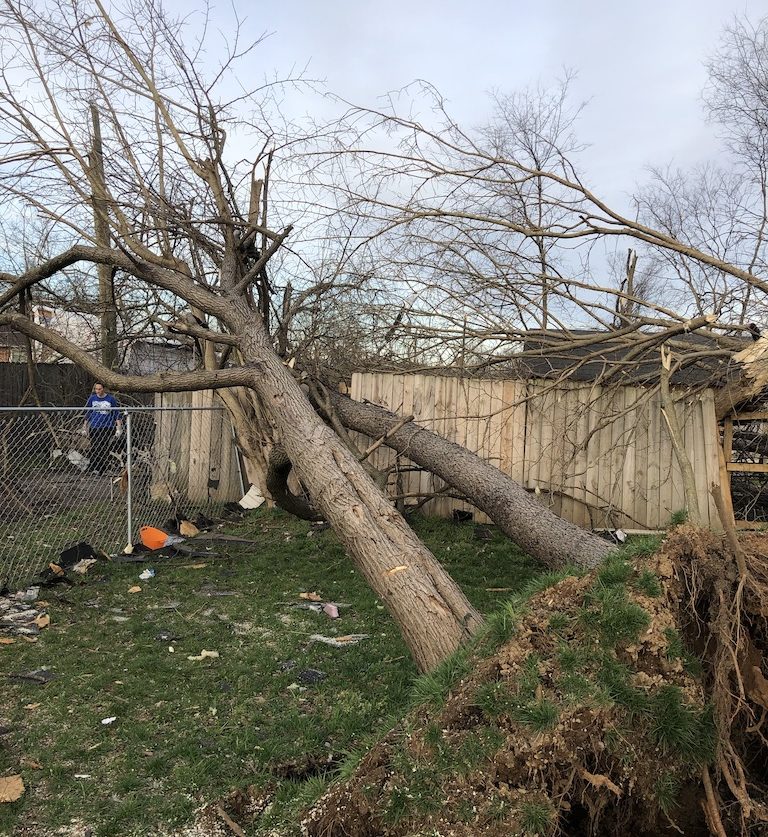
The response from the greater MLS community, and the Portland Timbers organization specifically, came quickly. On Wednesday, the Timbers announced that $35 general admission tickets were being sold without any additional fees, and that $15 from each ticket would be donated to the Community Foundation of Middle Tennessee. Before the game on Sunday, the Timbers Army held a Tennessee hot dog cookout where they took donations to send to relief organizations in Nashville. And in the North End during the game, the Timbers Army displayed a tifo that read “Rose City loves Music City.”
It may have been the first ever game between the two sides, but at the end of the day, the 1–0 Timbers victory was overshadowed by the events surrounding the game.
“It’s our part,” Timbers’ head coach Giovanni Savarese said. “Our hearts go to all those that were unfortunately in that situation with the tornado in Nashville. We felt it was our duty to support them with the tickets and part of what is going to help those people that suffer.
“That’s why we put something on our shirt, because we want to be a part of supporting all of them. I think it was a classy thing to do because you want no one to go through that and our prayers and thoughts are with those people that unfortunately went through this difficult moment.”
Diego Valeri also spoke about the tragic events in Nashville. “The Timbers organization is a mirror of what this community is about,” he said. “It’s about solidarity, always trying to help people that are affected, and it doesn’t surprise me. I think it was a great opportunity to show what this organization is about.”

Playing in a game allowed players and fans the opportunity to take their minds off an overwhelming week, at least for 90 minutes.
Over the past week, some Nashville players helped Red Cross answer calls to raise money. On Sunday, the team wore patches on their jerseys that read “NGUOY,” short for Never Give up on You. Nashville superfan Soccer Moses even made the trip north, carrying a sign that read “Bless you Rose City #NashvilleStrong.”
“We understand even the impact in Nashville that this game is going to have,” traveling supporter Stephen Robinson said before the game. “Our players were affected, so it means so much, especially when the Timbers Army and the Timbers show how much it means to them as well. It really does add something to your heart knowing people actually care about this, and people care about what is going on outside of their town.”
Last Tuesday in Nashville, both the players and the community were hit hard by an unexpected natural disaster. The saying in Nashville has been “it’s bigger than soccer,” and on Sunday afternoon, that motto rang truer than ever.
During the week, Stephen Mason is a barber (he’s also a three-time Grammy winner with the band Jars of Clay). But when Nashville SC take the field, he takes on a different persona: Soccer Moses.
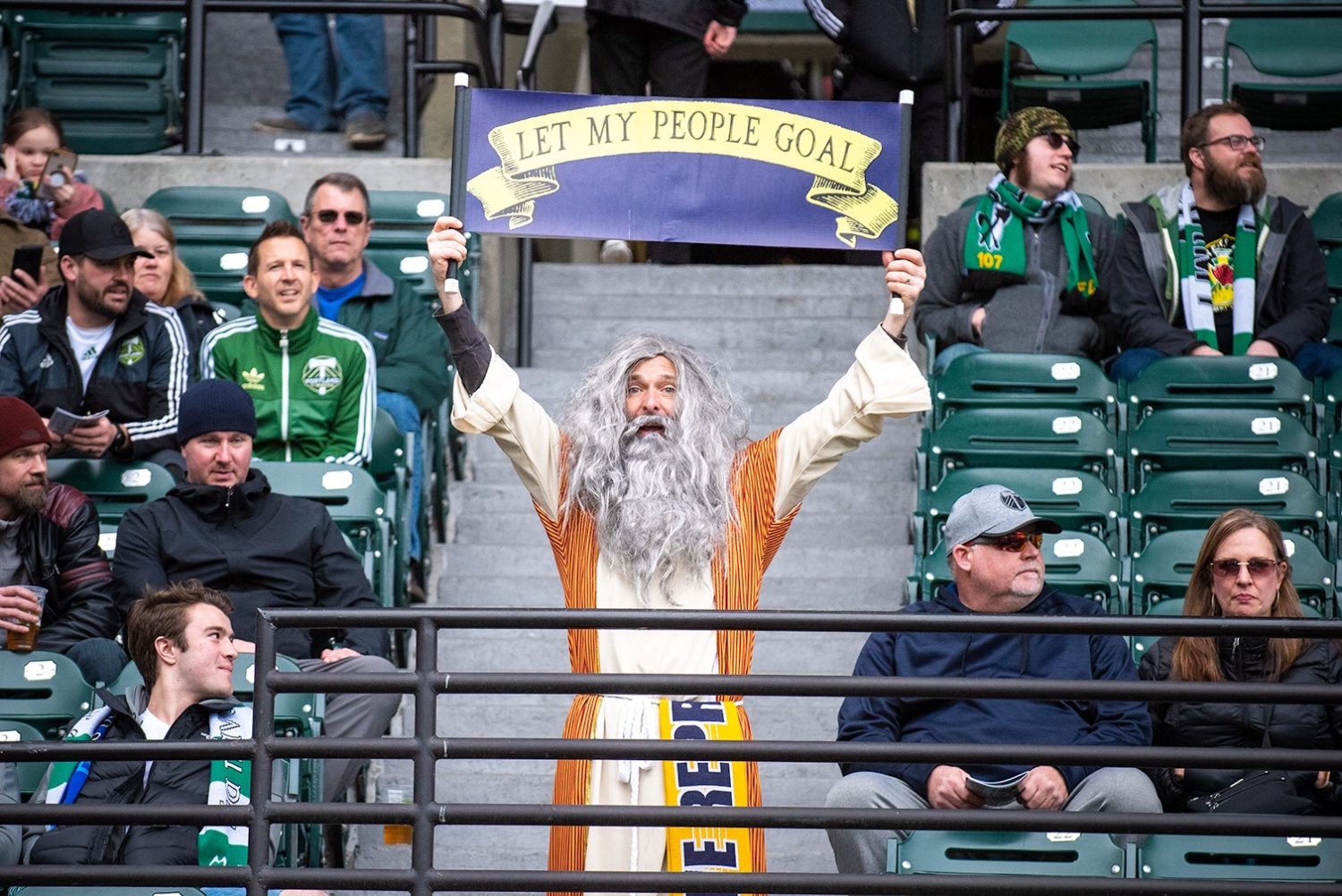
On the night of the tornado, Mason was awakened by debris hitting surrounding houses. His home wasn’t damaged, but the same couldn’t be said for some of his neighbors. After that night, the rest of the week became a blur.
“It feels heavy,” Mason said, reflecting on the damage that he has seen in his own community. “There’s a weight about it and an aspect that we know it’s going to take awhile. But, on the other hand, the response from the Nashville community is what it has always been. [We] rally, [it’s] intentional, generous, about service. They call us the volunteers, and I think you saw that in the response.”
According to Robinson, those in Nashville were only told to expect a strong storm, a common occurrence in the south. However, that prediction is what made it all the more jarring to take up to the sound of tornado sirens and phone alerts just after midnight.
Another traveling supporter, Jason Moles, recalled trying to keep himself awake after hearing that a potential tornado was 45 minutes away. When he woke back up, it was to the sound of his daughter telling him to get out of bed because of the sirens.
“When I saw the lightning flash green, you could see the shadow of the tornado, and I just ran through the house and yelled ‘everyone get down’,” Moles said. His family eventually sprinted to a neighbor’s house where they just made it down to the basement before hearing the storm touch down right outside.
Moles, who lives 30 minutes outside the city, said that while the shop that he works at is fine, the complex where he runs a soccer league got badly hit, and over $40,000 worth of goals were destroyed. What he saw in the days that followed was expected, but also staggering.
“Everybody worked,” Moles said. “They had to turn volunteers away because there were too many people who wanted to help.”
All three fans made up a larger contingency of supporters, the Nashville Roadies, a group of traveling fans that made the trip up to Portland. They all agreed that the response from the Timbers and Timbers Army has been unprecedented, and more than they ever could have expected.
“We’re a new franchise, and we’re watching the Timbers franchise demonstrate how to lead, and how sports can really galvanize an effort,” Mason said. “We’re overwhelmed with gratitude because this is not on the radar for a lot of folks, this is across the country, and the fact that Portland intentionally leaned into this, it brought forward a commonality in our humanity and in our compassion.”

While the tornado affected the lives of every player, inevitably some players were hit harder than others. Earlier this week, winger David Accam posted a video showing windows blown in, and other areas of his house destroyed. Forward Daniel Ríos, who lives in a taller building, seemed to be even more shaken up.
Ríos remembered being woken up by his phone’s emergency alerts before taking a look outside from his top-floor apartment. He froze in his tracks at the sight of the tornado, but managed to get to the door as the large building swayed under his feet.
“It’s not easy,” Ríos said while reflecting on that sobering night. “I have a lot of things in my mind right now, but soccer is my life, it’s what I love. Even with that tornado, I always have something on my mind, I’m trying to be focused like last week and today… I just try to deal with it and stay the most focused I can.”
Like any team, the players on Nashville SC have a group text. On Tuesday night, the messages were lighting up as all the players frantically checked in on one another. Midfielder Dax McCarty, whose home is located three miles from where the tornado hit, woke up in the middle of the night, but did not check his phone. On Sunday afternoon, he admitted that he wished he had.
“I wish I would’ve been awake for that and been able to offer some help to any guys that needed it,” McCarty said. “But our team took amazing care of it, guys are there for each other.
“In some cases, we’ve only known each other for five, six weeks and guys are already going to pick up guys at two in the morning to make sure that they are safe. You need to have that closeness as a group, that camaraderie. Obviously, it was a scary time and it’s just going to bring us closer as a community, as a city, and also as a team.”
By the next morning, Ríos said that he had received 15 different offers to stay in a teammate’s apartment or home.
“It was overwhelming,” he said. “I was thankful for my teammates. It was late, like three in the morning, and they texted me and called me. The next morning, everyone knew about it, everyone texted me. I have such great teammates.”
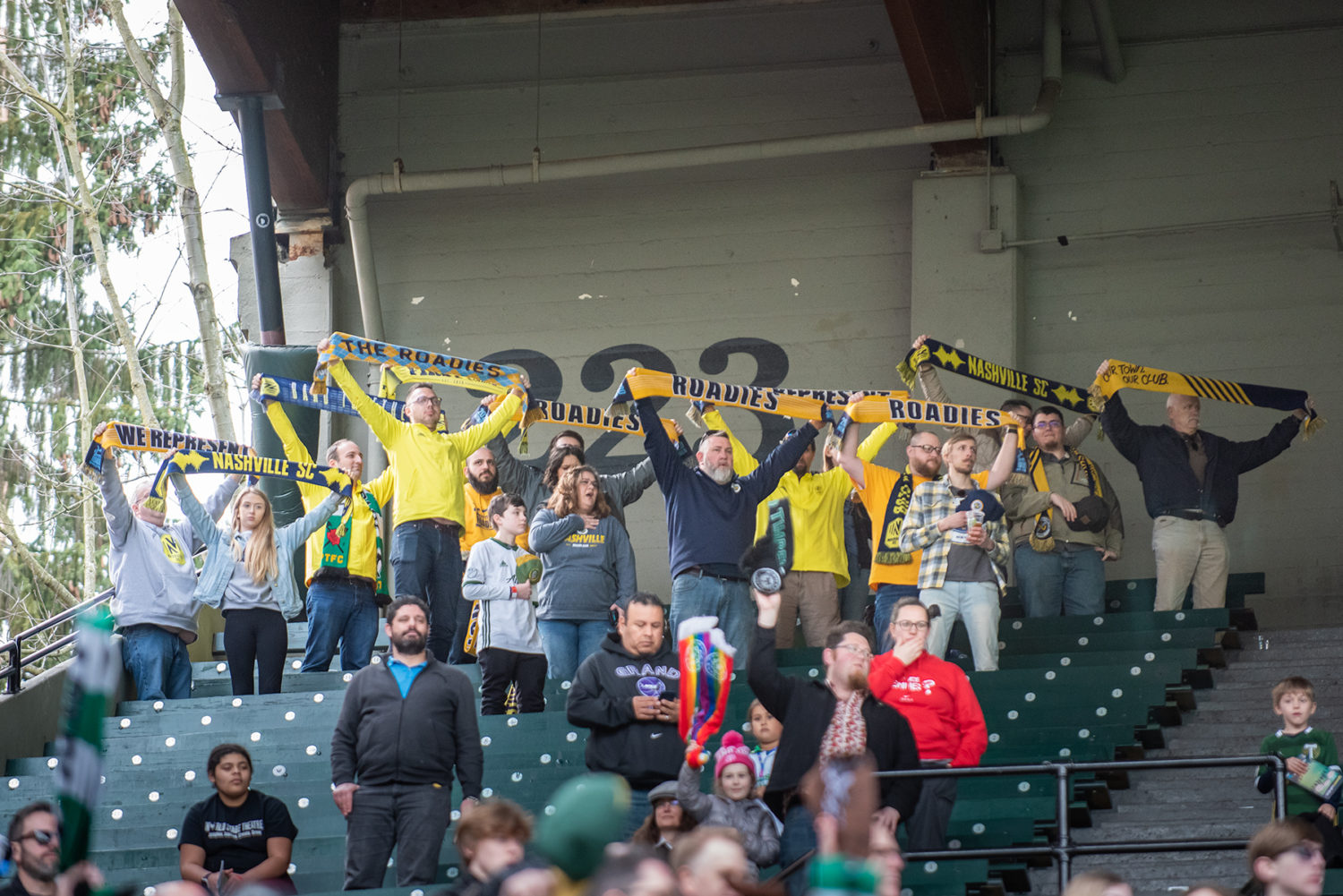
Weeks ago, Nashville’s anthem was being criticized for being tacky; for being something pushed onto the supporters by the team. But, after last Tuesday’s events, that anthem holds even more of a meaning to those who belt it out after every home game.
“What does it mean to me?” Moles asked. “Everybody says it feels pushed, but what they don’t understand is that those guys, Judah & the Lion, are season ticket holders; they’ve been in our soccer community for a long time. When I saw that song sung the very first time at the stadium, scarves up through the whole song, I was in tears.”
Added Mason: “It’s the best of us captured in a song.”
The recovery process will inevitably be long and trying. With heavy hearts, all three supporters realize the challenge of the task at hand: rebuilding a city. But they all returned to the same point, one that gives them confidence. This is Nashville, a close-knit city that has been knocked down before, and has the resiliency to get back on its feet.
So, yes, Liverpool has “You’ll Never Walk Alone,” and Minnesota United supporters belt out “Wonderwall” after every home win. But, for the club that presses broadcast audio to vinyl as a gift to the man of the match, it’s the slow, strong anthem that serves as a rallying cry for those in Central Tennessee.
“We now live by those words,” Robinson said. “We’re not going to give up on our town, our city, our club. The way the community has responded, the way everyone has responded, we’re not going to give up on it. As forced as the anthem may seem to others outside, to us it means a lot more now.”

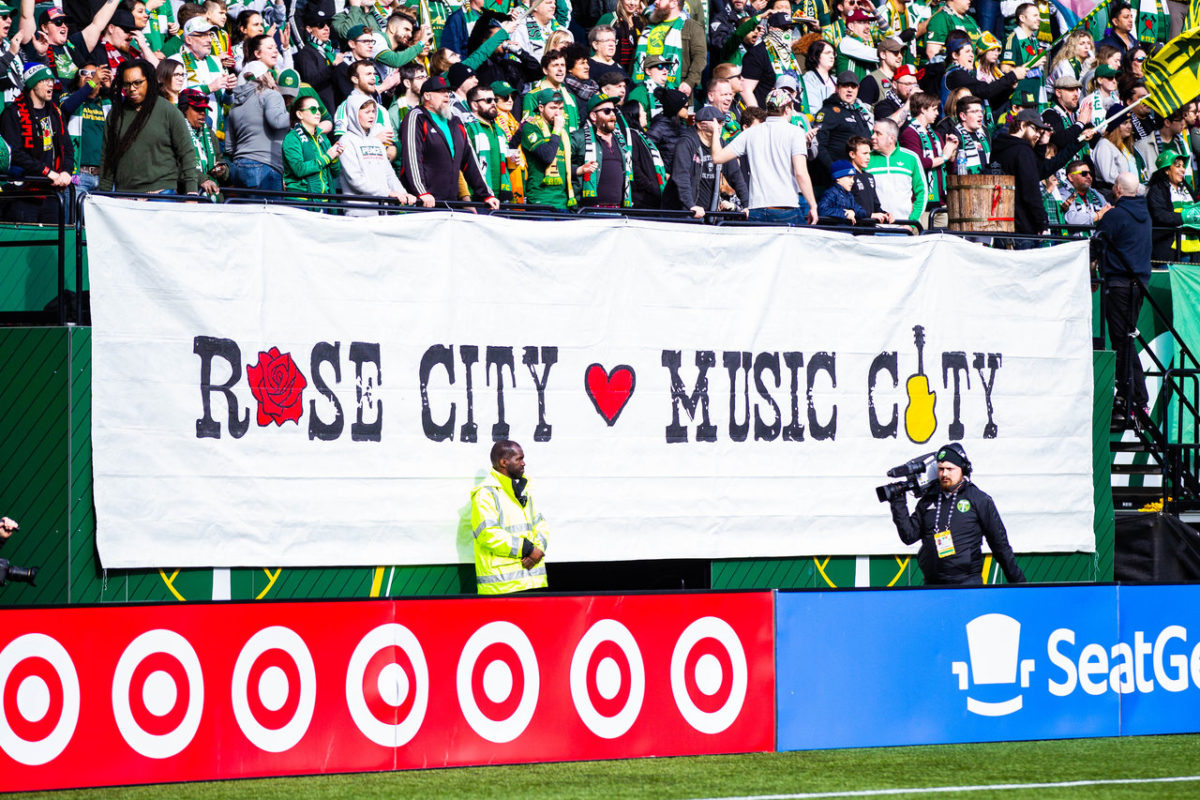
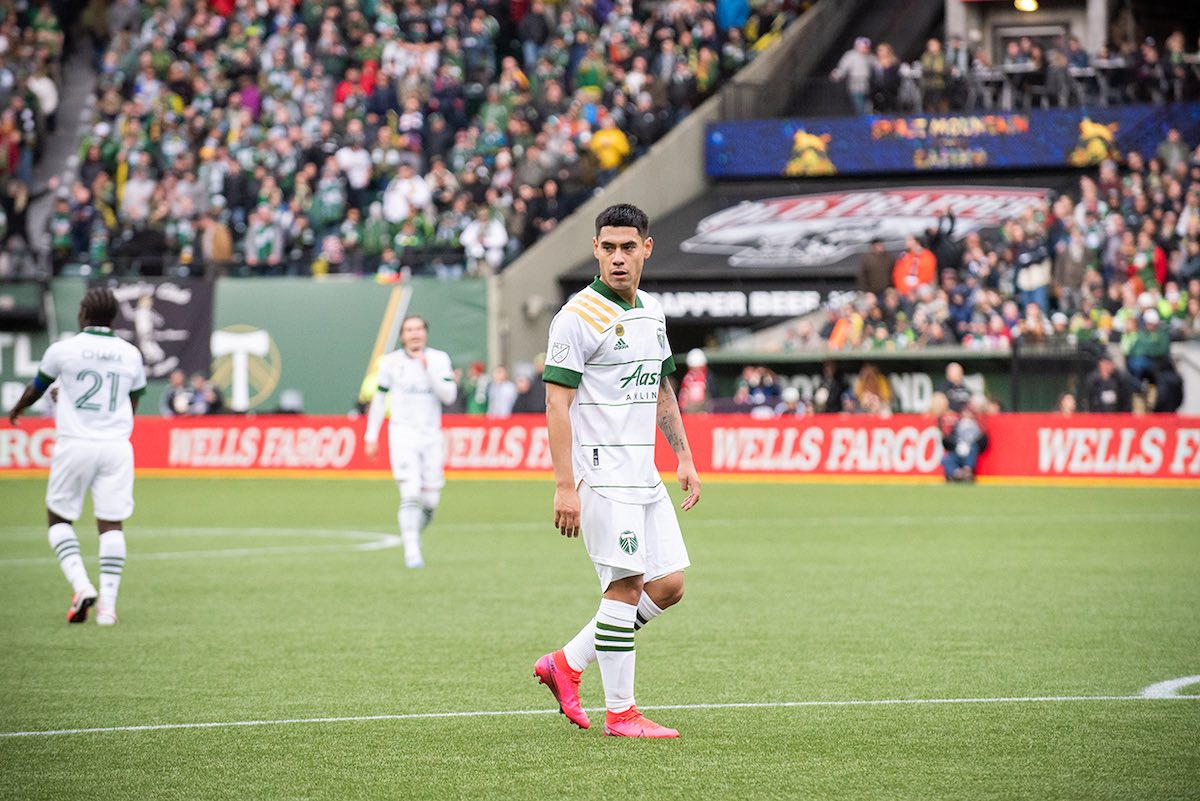
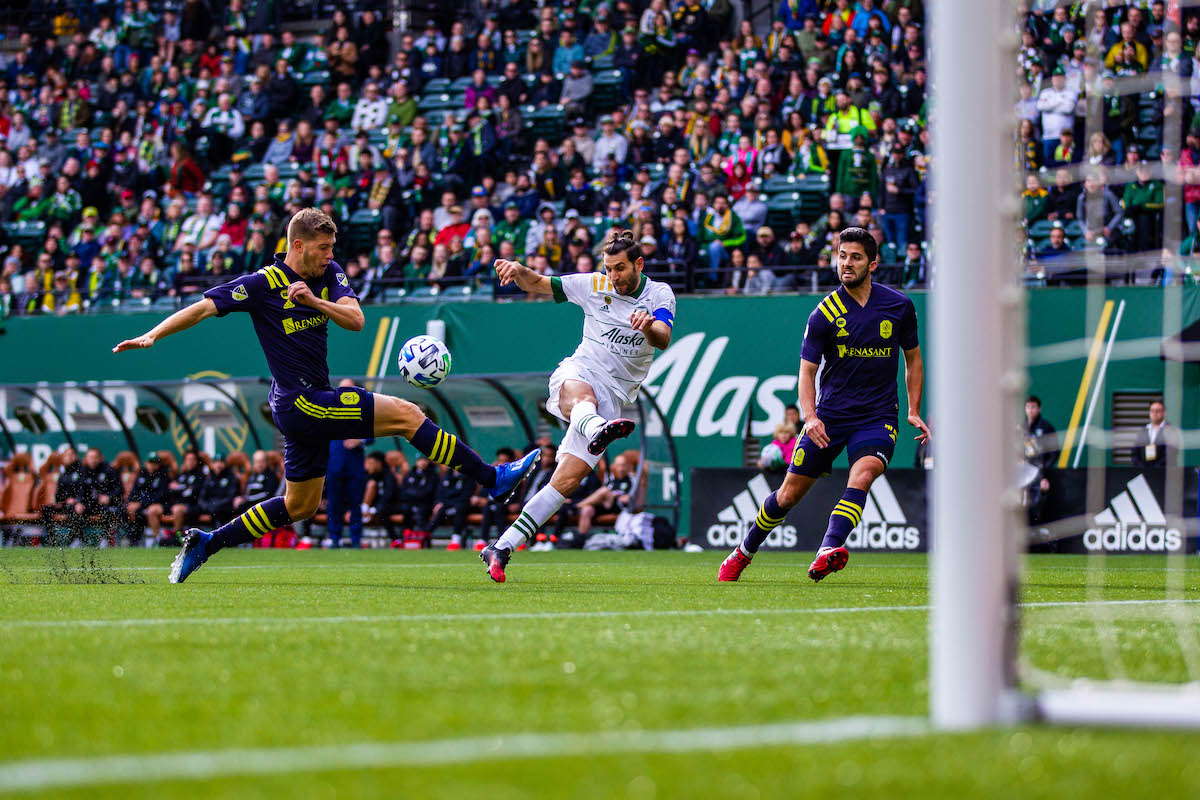
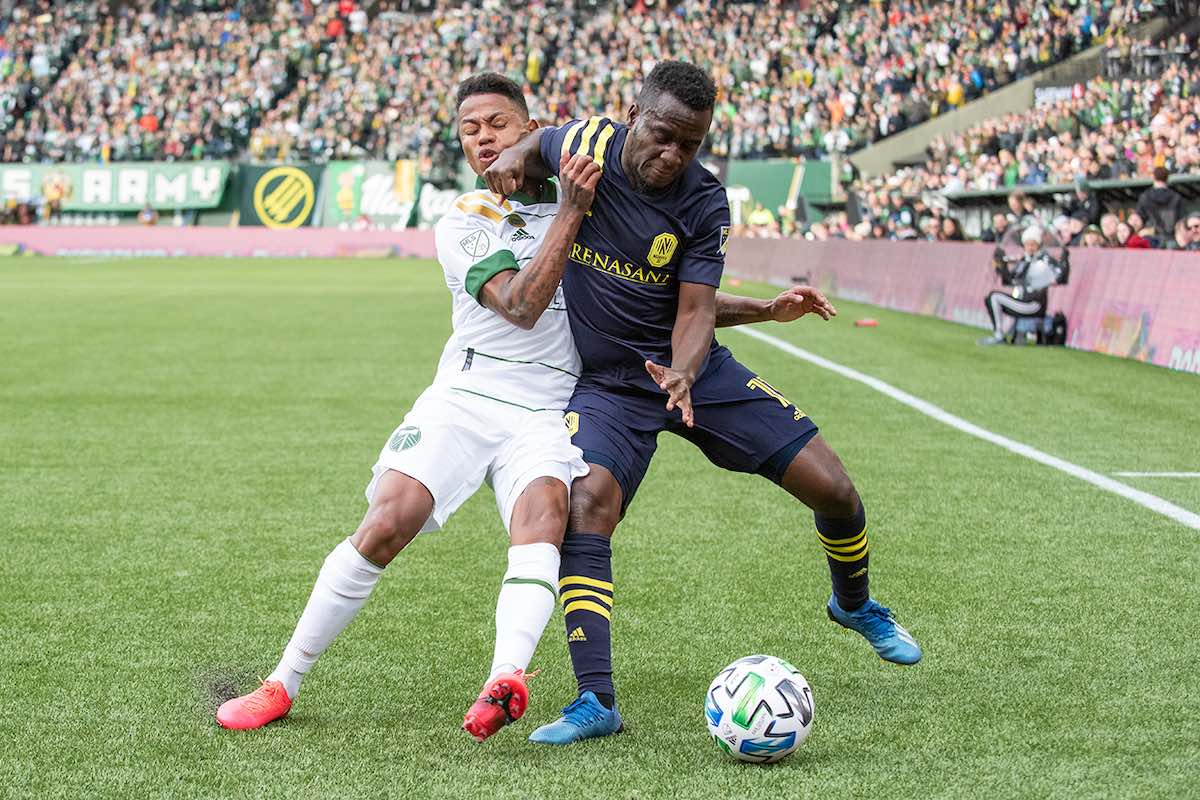
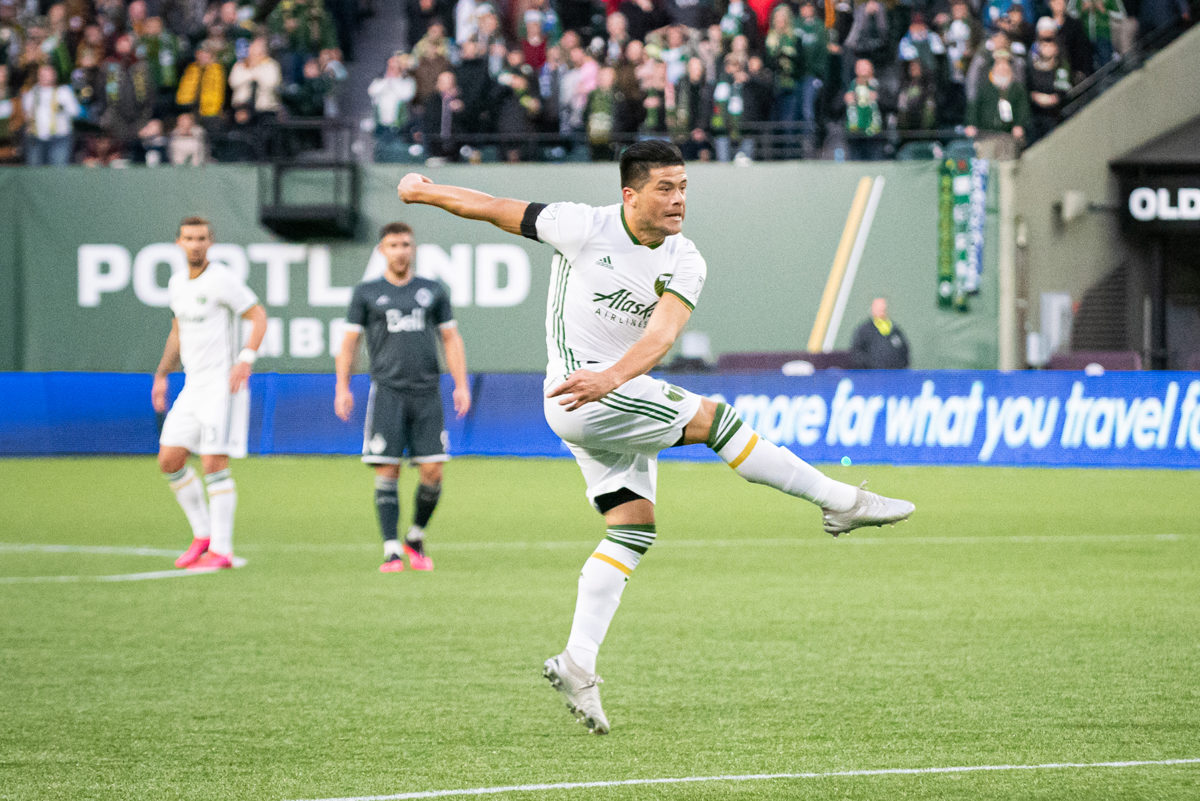

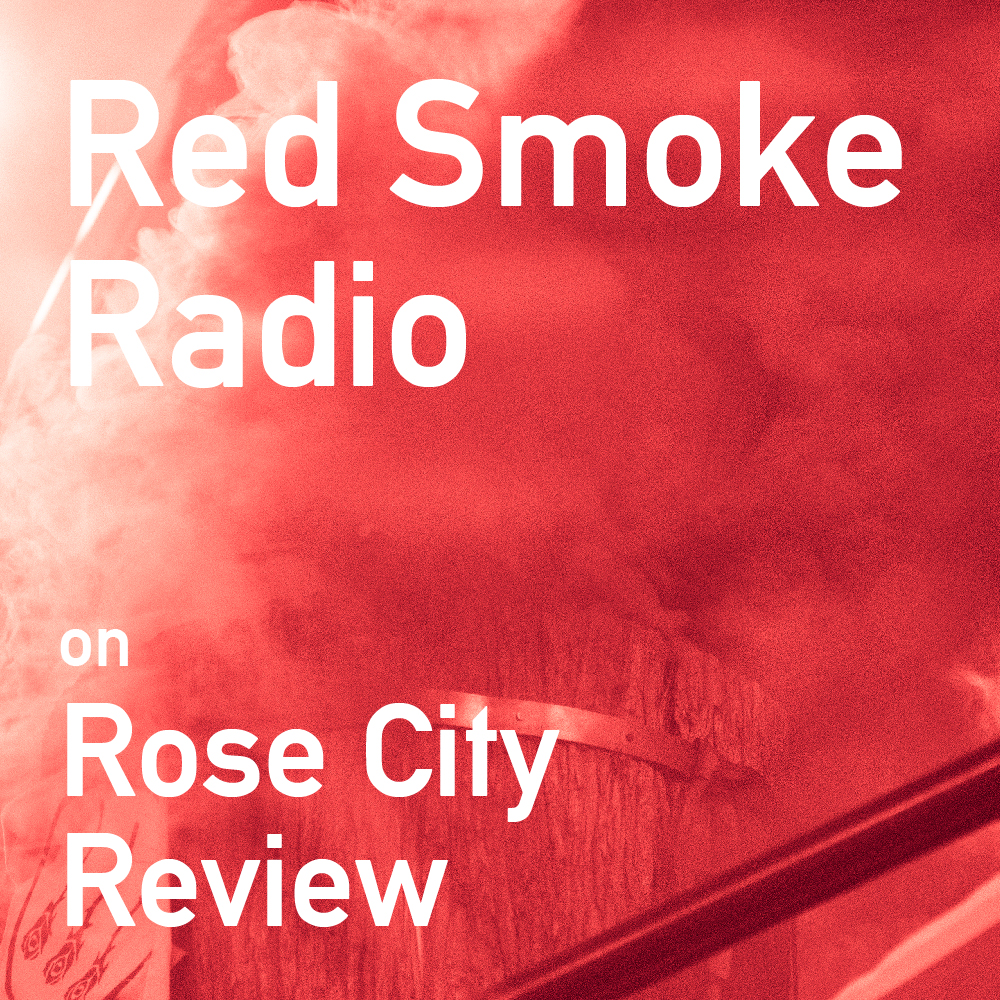
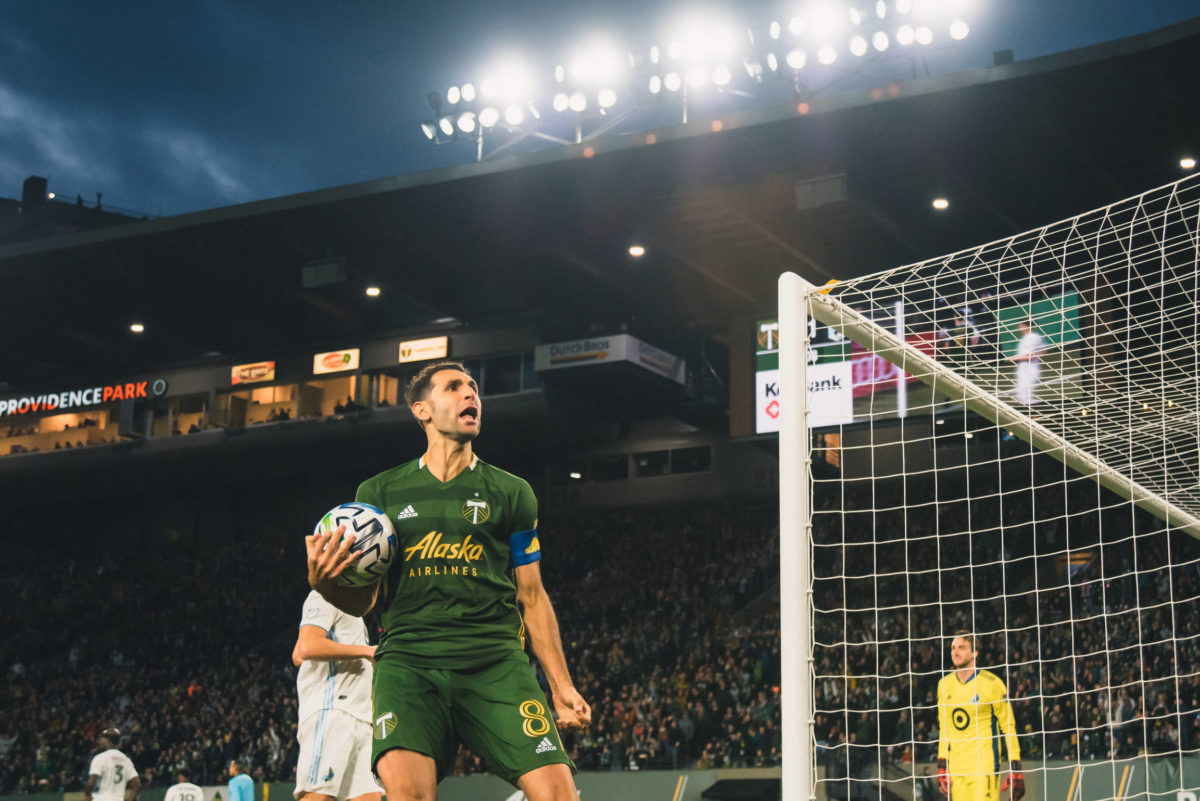
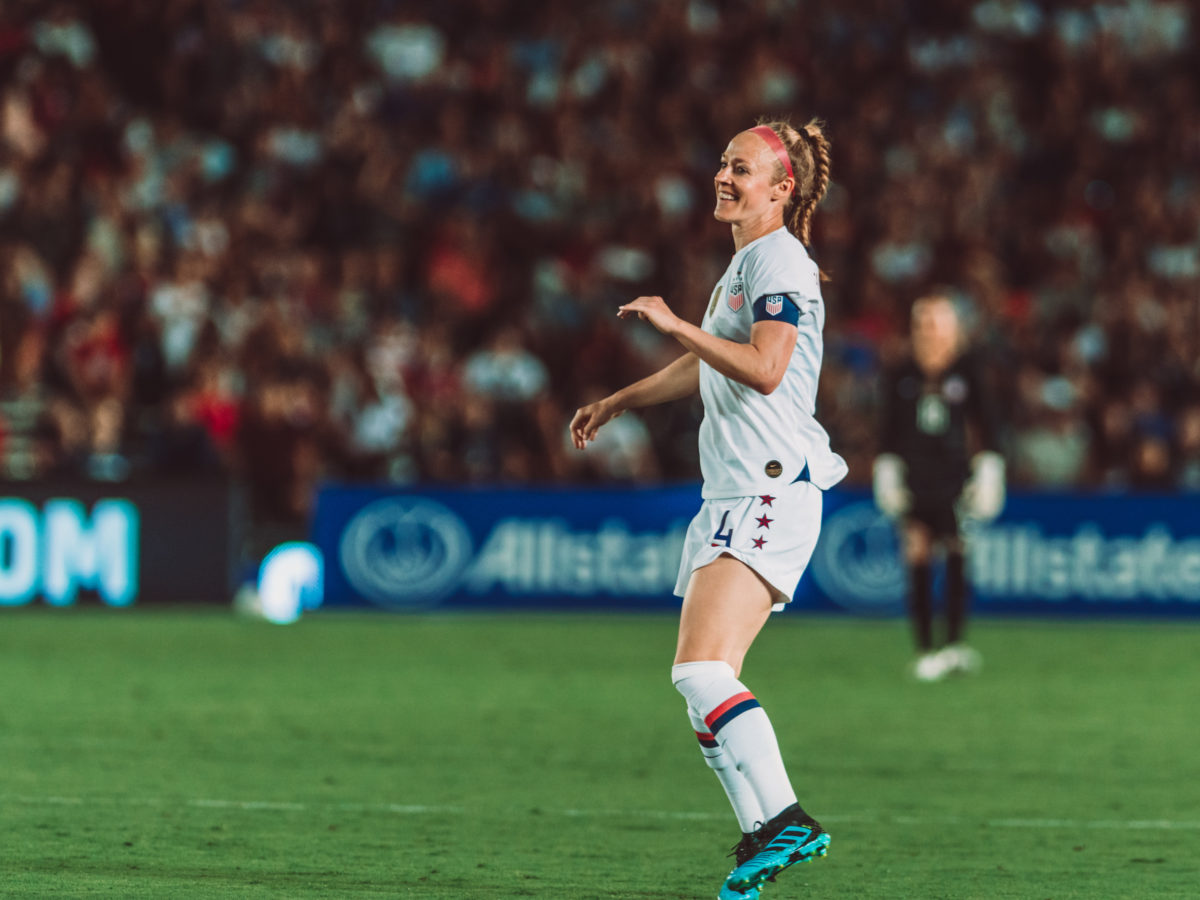

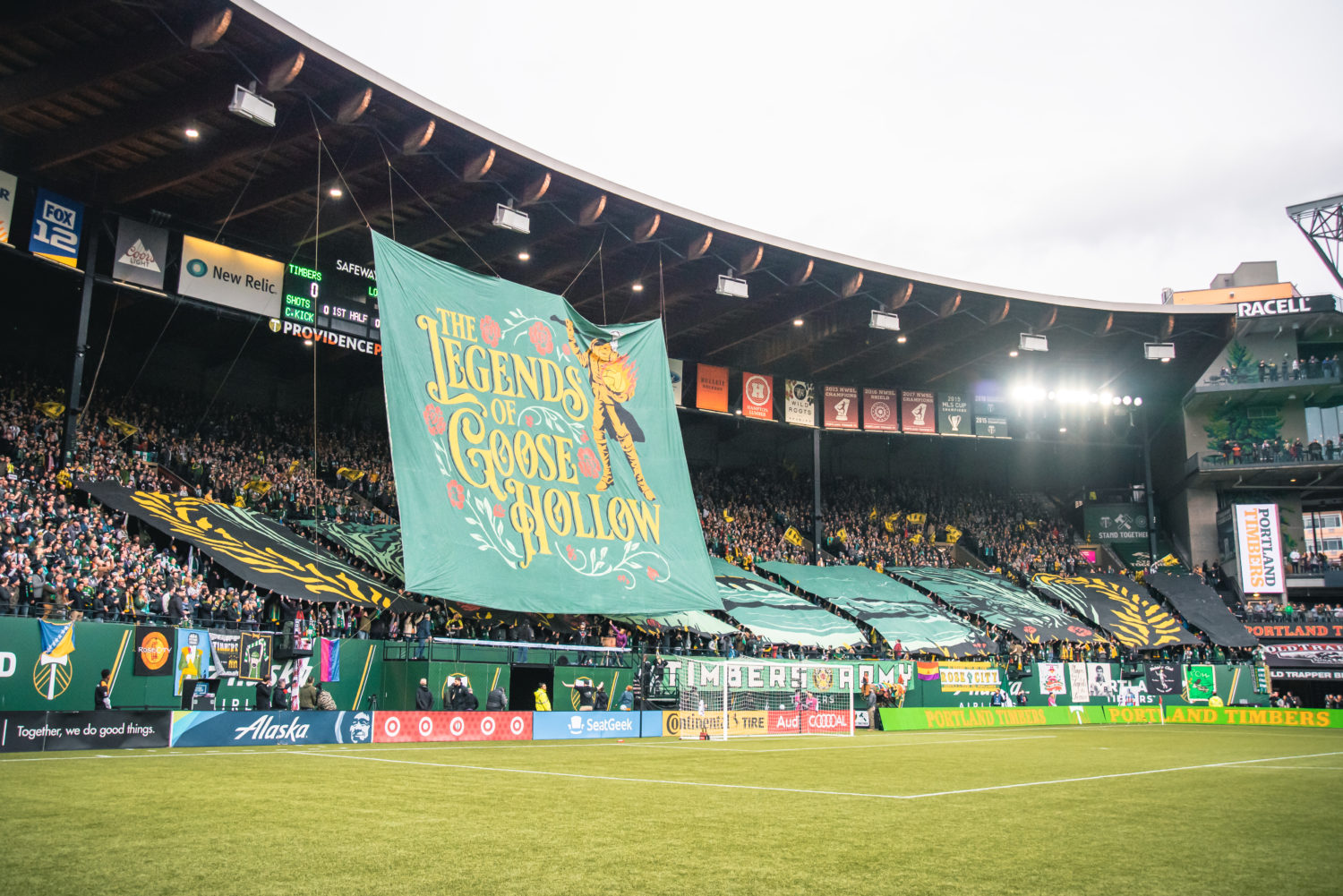
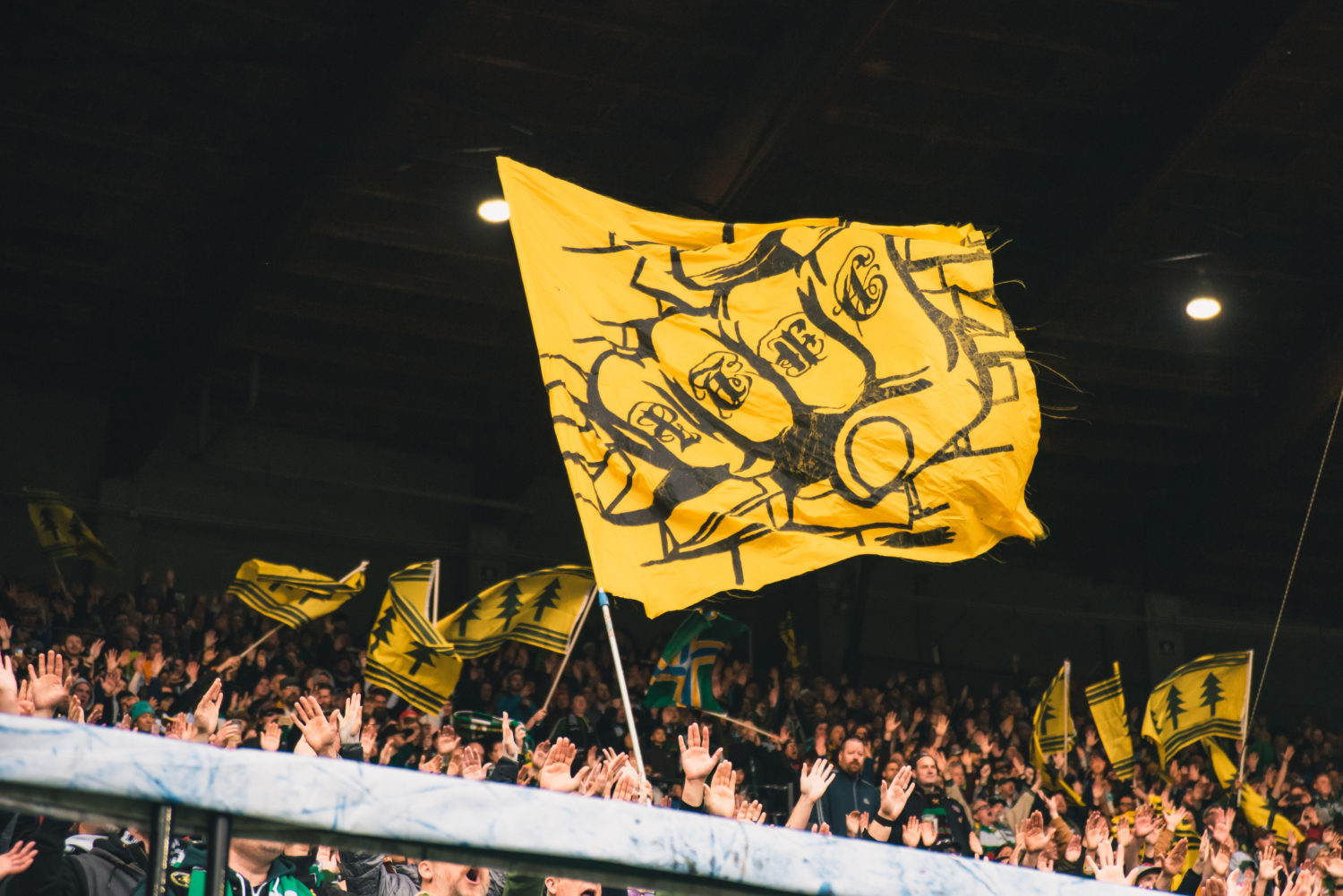
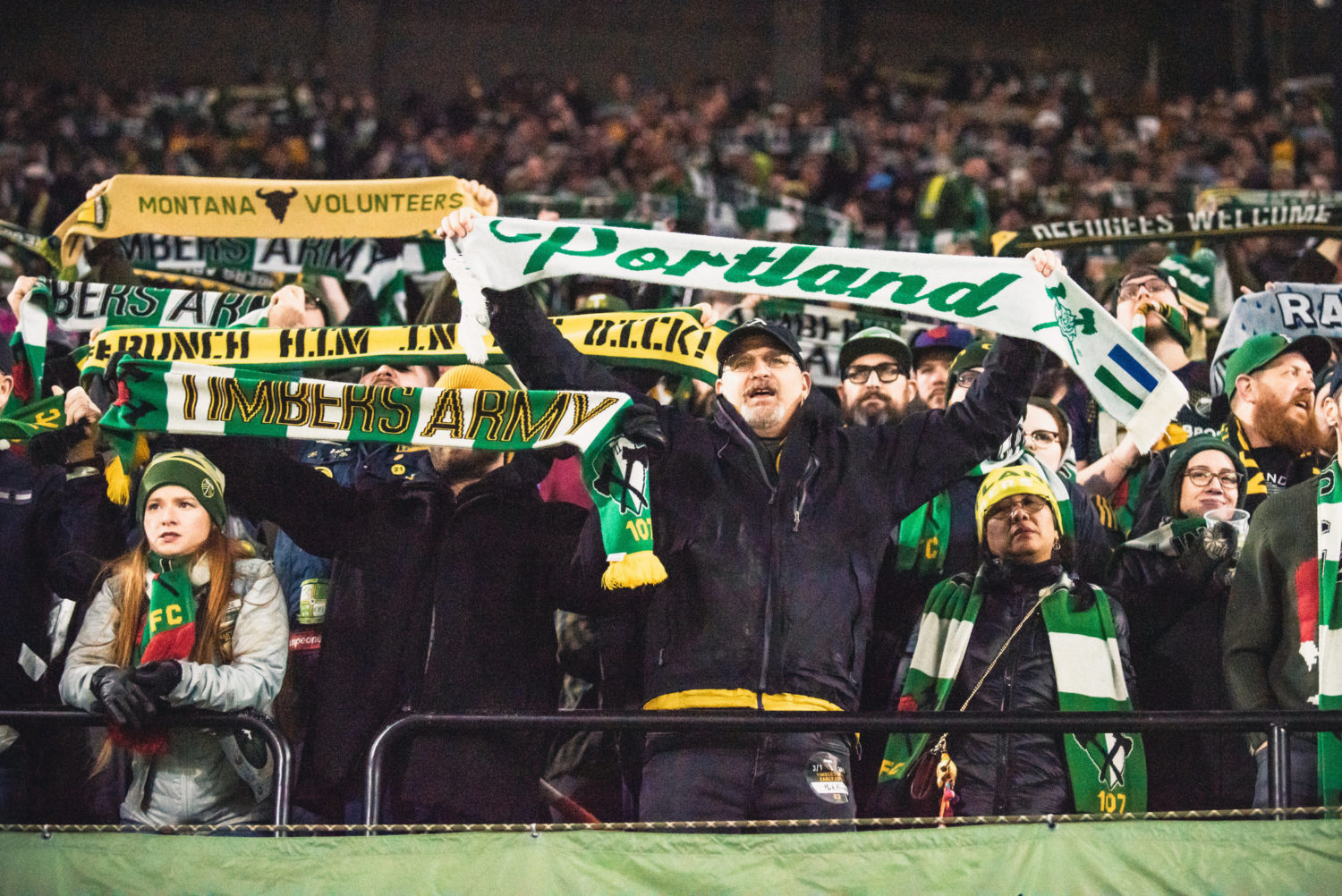
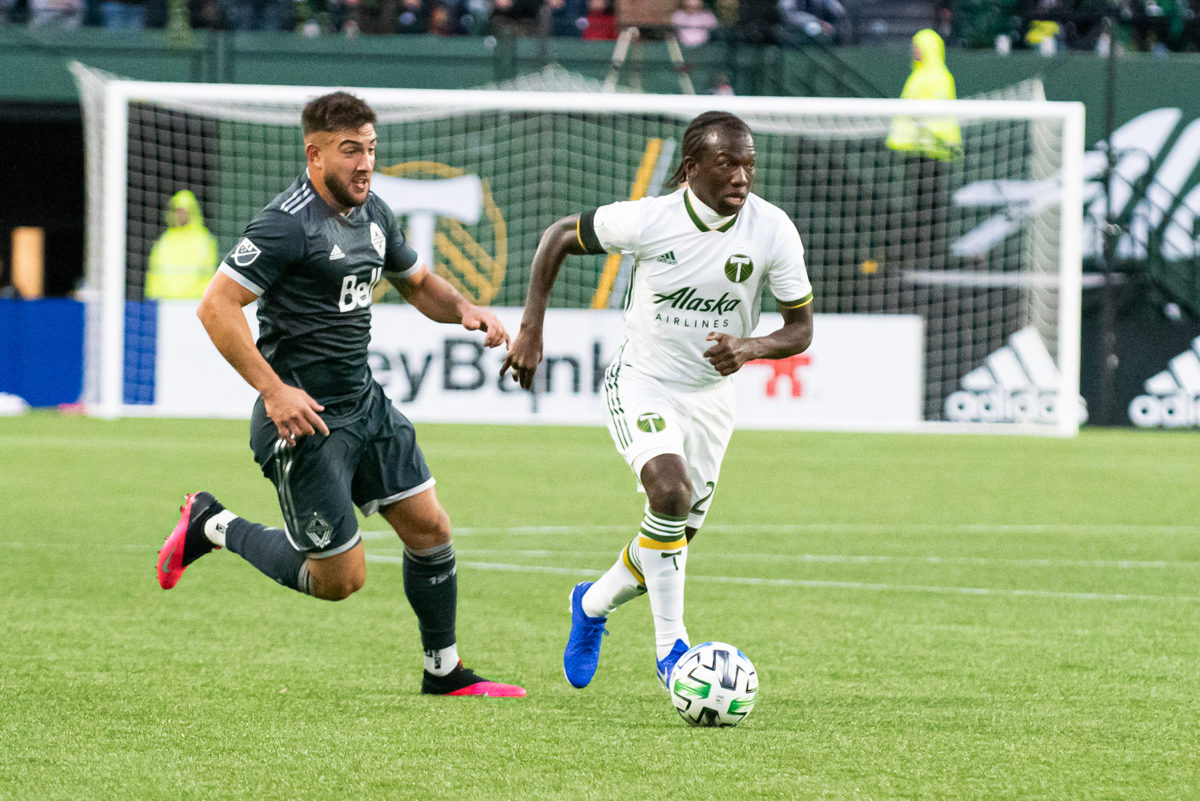

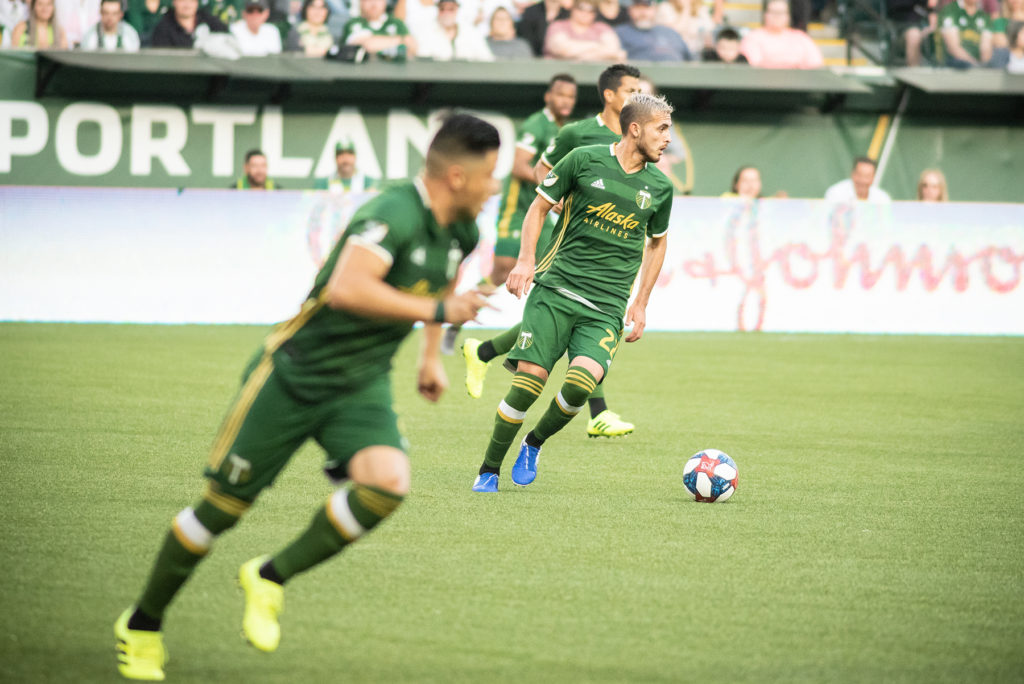
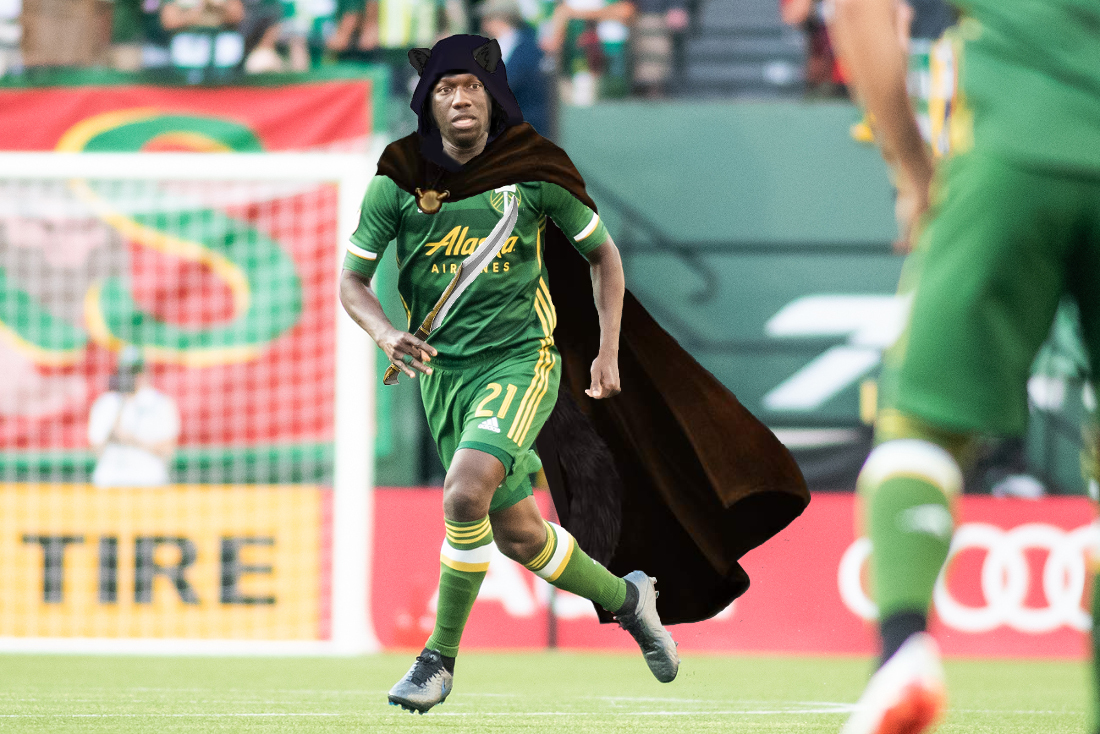
 Unlock with Patreon
Unlock with Patreon